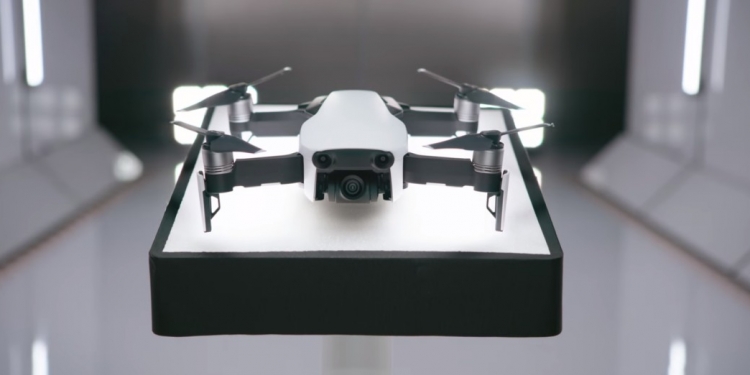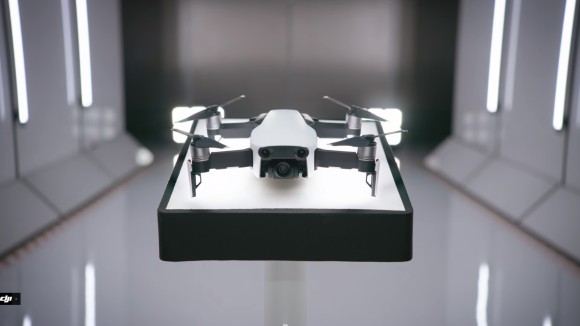If there was any doubt that DJI are the king of consumer drones right now, let that be washed away with their latest flyer, the DJI Mavic Air. They wow-ed the world with the Mavic Pro‘s folding and great video capabilities. They shocked everyone with the ease and portability of the Spark. Now, the company is taking pretty much the best of both worlds and combining them into a killer new drone.
As far as looks are concerned, I think the Mavic Air looks a lot more like a “Spark Pro” than a Mavic. But when you look at what DJI’s managed to do with the drone, you begin to realise why it deserves the higher-tiered name. I mean, everything about it has been painstakingly engineered to near perfection.
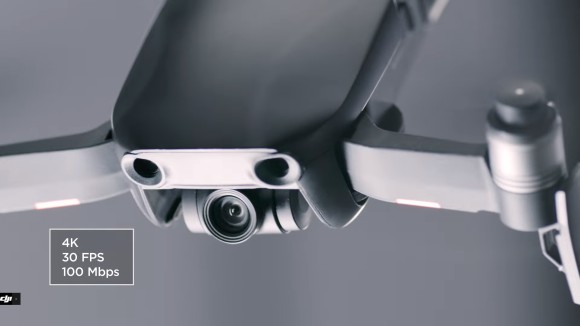
Let’s start with the camera. DJI’s Mavic Air sports a 1/2.3-inch camera sensor that’s capable of 4K video recording at 24 or 30 frames per second as well as 1080p at 120fps. It can also take 12-megapixel stills (with HDR) via the 24mm f/2.8 aperture lens. All of that is kept away from shakes and vibration to a sophisticated 3-axis gimbal that’s mounted in a “three dimensional formation” making this the smallest drone with a 3-axis stabiliser.
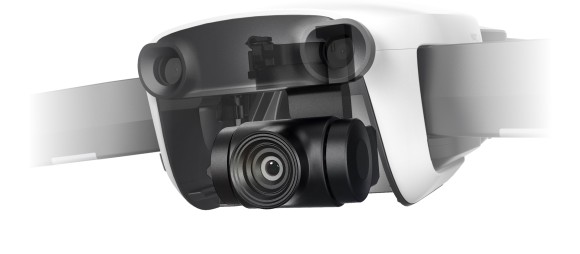
It also flies much better than the DJI Spark. The Mavic Air is capable of reaching speeds up to 68km/h in sport mode (that’s faster than the Mavic Pro’s 64km/h), and distances of up to 4km with line of sight. DJI also says that the Mavic Air’s 41% lighter than the Mavic Pro yet is able to resist winds of up to 22 mph (about 35.4km/h).
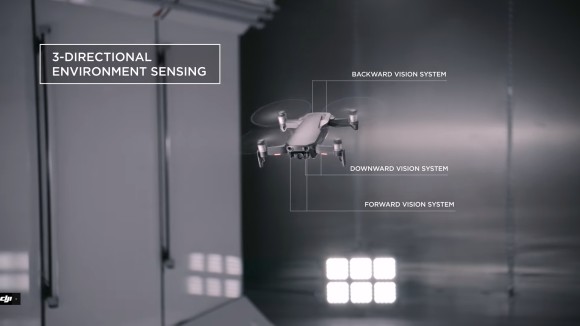
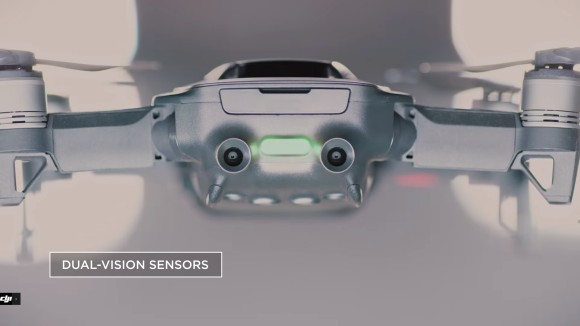
What’s more, DJI didn’t sacrifice on smart features and obstacle avoidance. The Mavic Air has more sophisticated obstacle avoidance and smart features. To make sure you don’t crash, the Mavic Air has three direction obstacle avoidance (front, back and bottom) that’s possible through an array of sensors.
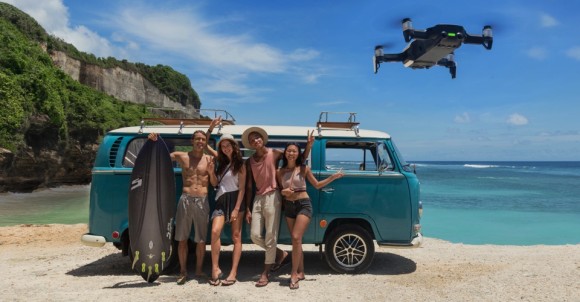
Perhaps the most impressive part about the obstacle avoidance is something called the Advanced Pilot Assistance Systems (APAS). DJI says that with the Mavic Air’s APAS, user can keep flying forwards or backwards and the system will intelligently plot appropriate flight paths to avoid obstacles automatically.
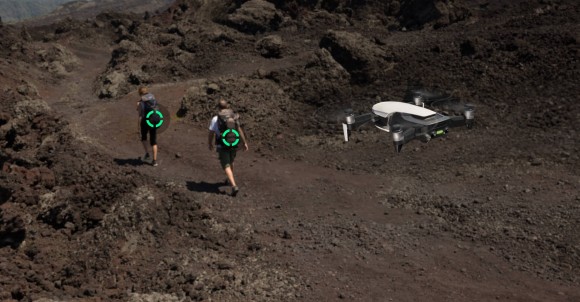
Speaking of intelligent, DJI also improved the smart gestures so you have more ways of controlling the Mavic Air with your hands. You also get access to a host of smart capture features including new ones like Asteroid and Boomerang. Active Track has also been improved so it can now detect multiple targets at a time.
But its capabilites only tell half the story. The other half lies in its absolutely stunning construction. To handle all that power, the Mavic Air has a new cooling system to keep the drone from getting too hot. DJI also says that every little design flourish is there to make it fly better and perform better.
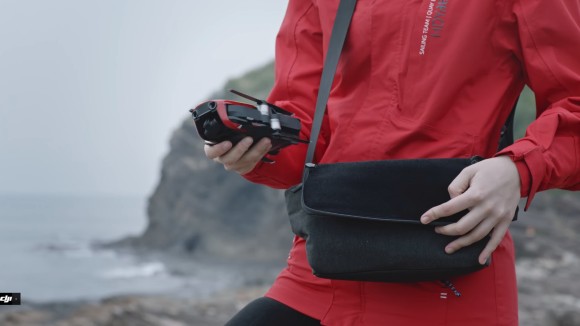
Despite all of its droning prowess, the Mavic Air folds into a footprint that’s smaller than the DJI Spark. The front and back arms fold in flush to the body with its propellers. Even the landing gear folds in. But those aren’t just flaps of plastic preventing your drone’s camera from getting scratch. DJI also built omni directional antennas (2.4/5.8GHz) into them so you get a better signal.
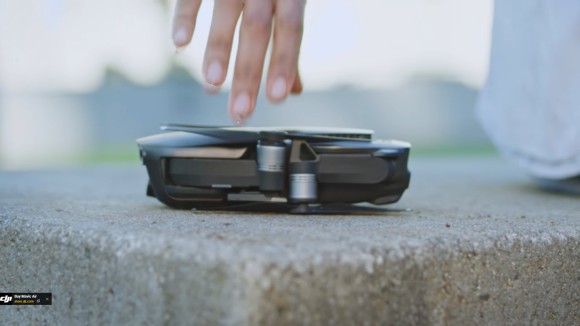
Pressing harder on the aspect of portability, the drone’s controllers also allow users to detach and stow the joysticks so it’s easier to fit the controller into pockets. This also mitigates any damage that may come to the controller via the protruding sticks.
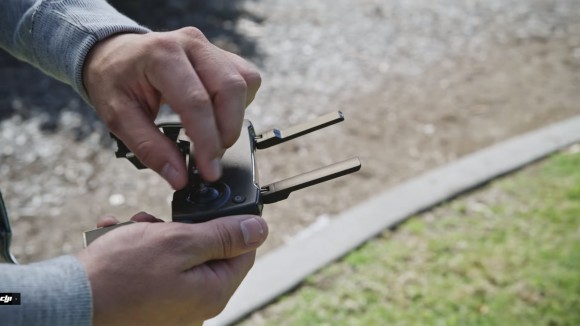
The attention to detail is almost unreal.
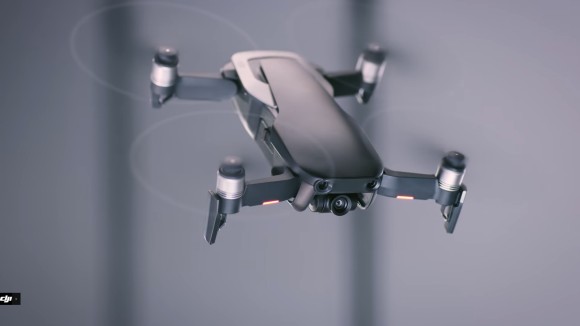
That said, all of these new features doesn’t mean the Mavic Air is suddenly not for your average consumer. In fact, this particular drone sits between the entry-level Spark and the more advanced Mavic Pro, coming in at USD799 (around RM3,136). For that money, The Verge reports that you also get a remote with an integrated screen. Well, that and 8GB of onboard storage in case you don’t have money left over for a microSD card.
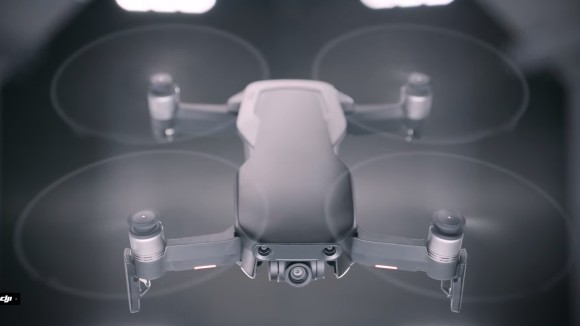
Perhaps the biggest problem I have with the Mavic Air is its flight time. Unlike the Mavic Pro’s awesome 27-minute flight time, the Mavic Air can only stay in the air for up to 21 minutes. Still, I suppose DJI aren’t magicians an there’s really only so much you can do with something so small. I do appreciate that it’s 5 minutes longer than the Spark’s airtime and that you can charge it via a USB Type-C port.
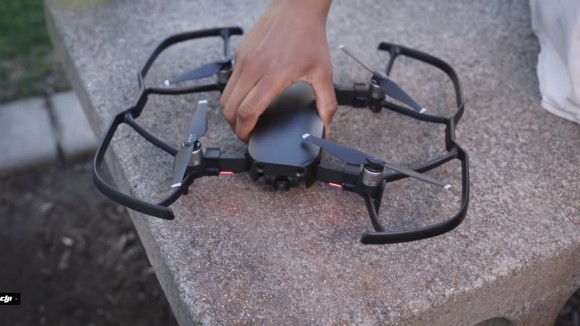
Besides that, this is honestly the most amazing drone DJI has produced thus far, at least as far as regular consumers are concerned. We’re mighty impressed with this little drone but we’d also love to hear your thoughts. Let me know what you think of the drone in the comments below!
In the meantime, you can head to www.dji.com for more information.

